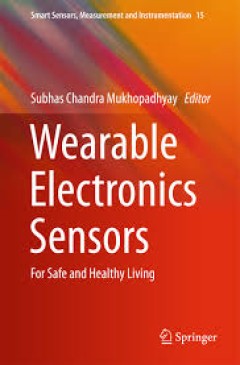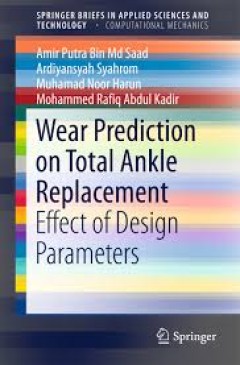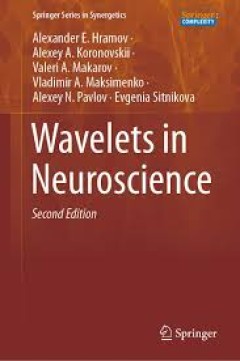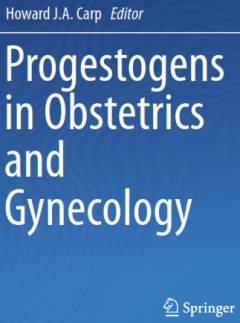Filter by

Progress in bioethics :science, policy, and politics
OCLC-licensed vendor bibliographic record.
- Edition
- -
- ISBN/ISSN
- 9780262322560
- Collation
- 1 online resource (xx, 284 pages) :illustrations.
- Series Title
- -
- Call Number
- -

Design and destiny :Jewish and Christian perspectives on human germline modif…
Scholars discuss the genetic modification of embryonic cells from the viewpoints of traditional Jewish and Christian teaching, considering both the possible therapeutic benefits of this technology and moral concerns about its implementation.OCLC-licensed vendor bibliographic record.
- Edition
- -
- ISBN/ISSN
- 9780262270632
- Collation
- 1 online resource.
- Series Title
- -
- Call Number
- -

Mining the biomedical literature
A concise introduction to fundamental methods for finding and extracting relevant information from the ever-increasing amounts of biomedical text available.OCLC-licensed vendor bibliographic record.
- Edition
- -
- ISBN/ISSN
- 9780262305167
- Collation
- 1 online resource (xi, 138 pages) :illustrations.
- Series Title
- -
- Call Number
- -

Making medical decisions for the profoundly mentally disabled
A legal and moral analysis of medical decision making on behalf of those with such severe cognitive impairments that they cannot exercise self-determination.In this book, Norman Cantor analyzes the legal and moral status of people with profound mental disabilities--those with extreme cognitive impairments that prevent their exercise of medical self-determination. He proposes a legal and moral f…
- Edition
- -
- ISBN/ISSN
- 9780262269810
- Collation
- 1 online resource (vi, 307 pages).
- Series Title
- -
- Call Number
- -

Self-trust and reproductive autonomy
A study of the importance of self-trust for women's autonomy in reproductive health. The power of new medical technologies, the cultural authority of physicians, and the gendered power dynamics of many patient-physician relationships can all inhibit women's reproductive freedom. Often these factors interfere with women's ability to trust themselves to choose and act in ways that are consistent …
- Edition
- -
- ISBN/ISSN
- 0585442711
- Collation
- 1 online resource (xiii, 199 pages).
- Series Title
- -
- Call Number
- -

Wearable Electronics Sensors For Safe and Healthy Living
This edited book contains invited papers from renowned experts working in the field of Wearable Electronics Sensors. It includes 14 chapters describing recent advancements in the area of Wearable Sensors, Wireless Sensors and Sensor Networks, Protocols, Topologies, Instrumentation architectures, Measurement techniques, Energy harvesting and scavenging, Signal processing, Design and Prototyping.…
- Edition
- -
- ISBN/ISSN
- 978-3-319-18191-2
- Collation
- -
- Series Title
- -
- Call Number
- -

Wear Prediction on Total Ankle Replacement Effect of Design Parameters
This book develops and analyses computational wear simulations of the total ankle replacement for the stance phase of gait cycle. The emphasis is put on the relevant design parameters. The book presents a model consisting of three components; tibial, bearing and talar representing their physiological functions.
- Edition
- -
- ISBN/ISSN
- 978-3-319-21723-9
- Collation
- -
- Series Title
- -
- Call Number
- -

Wavelets in Neuroscience
This book examines theoretical and applied aspects of wavelet analysis in neurophysics, describing in detail different practical applications of the wavelet theory in the areas of neurodynamics and neurophysiology and providing a review of fundamental work that has been carried out in these fields over the last decade. Chapters 1 and 2 introduce and review the relevant foundations of neuroph…
- Edition
- -
- ISBN/ISSN
- 978-3-662-43850-3
- Collation
- -
- Series Title
- -
- Call Number
- -

Progestogens in Obstetrics and Gynecology
* Memberikan panduan dan informasi tentang kemajuan terapi terbaru. * Dr. Carp dikenal secara internasional karena karyanya tentang kesuburan. • Buku ini memenuhi kebutuhan di lapangan dengan memberikan penjelasan yang komprehensif dan menyeluruh tentang progestogen. ;;; Progestogen didefinisikan sebagai senyawa apa pun yang mengaktifkan reseptor progesteron. Kelas senyawa ini mungkin merupak…
- Edition
- -
- ISBN/ISSN
- 978-3-319-14385-9
- Collation
- -
- Series Title
- -
- Call Number
- 618 CAR p

How Knowledge Grows: The Evolutionary Development of Scientific Practice
An argument that the development of scientific practice and growth of scientific knowledge are governed by Darwin's evolutionary model of descent with modification. Although scientific investigation is influenced by our cognitive and moral failings as well as all of the factors impinging on human life, the historical development of scientific knowledge has trended toward an increasingly accu…
- Edition
- -
- ISBN/ISSN
- 9780262371599
- Collation
- -
- Series Title
- -
- Call Number
- -
 Computer Science, Information & General Works
Computer Science, Information & General Works  Philosophy & Psychology
Philosophy & Psychology  Religion
Religion  Social Sciences
Social Sciences  Language
Language  Pure Science
Pure Science  Applied Sciences
Applied Sciences  Art & Recreation
Art & Recreation  Literature
Literature  History & Geography
History & Geography